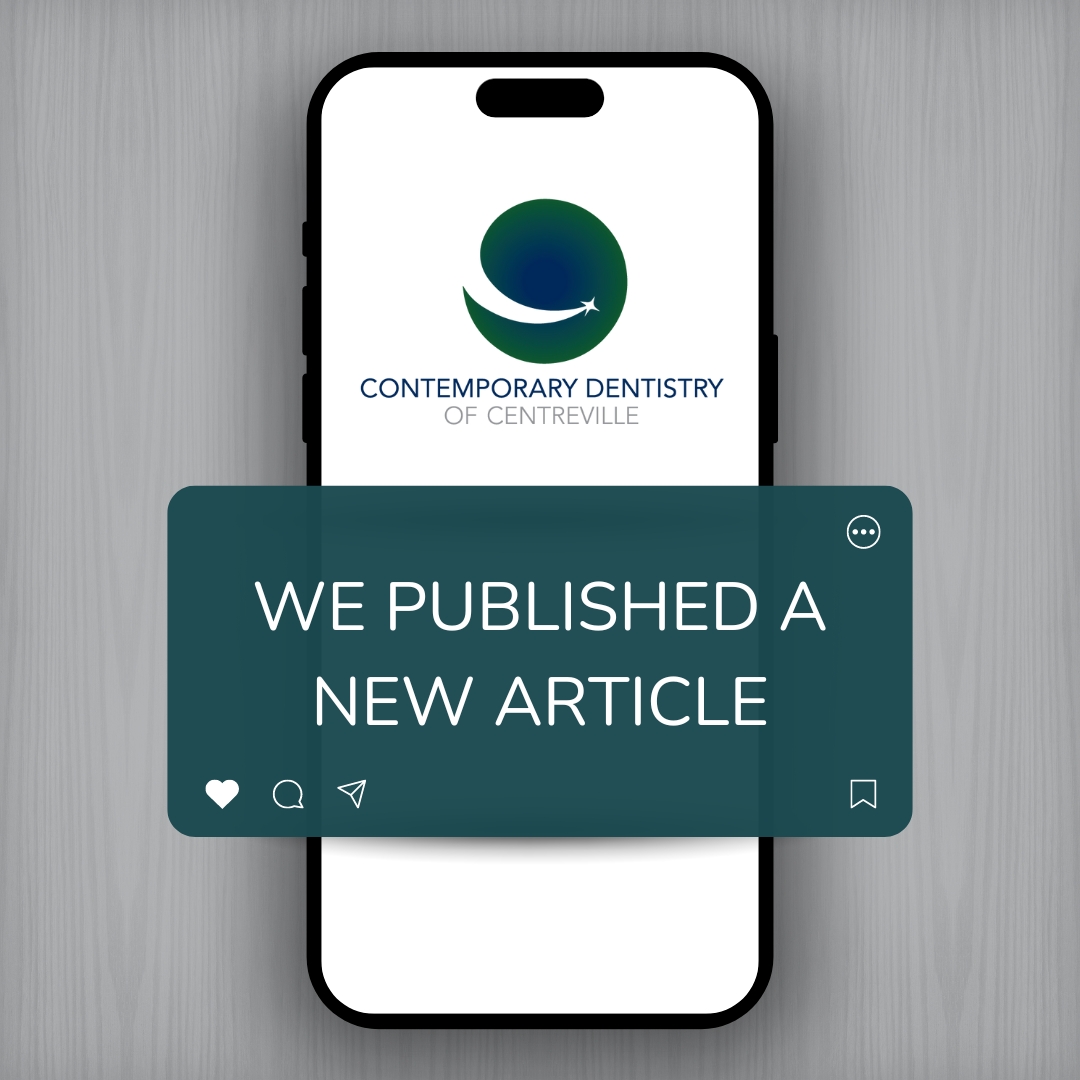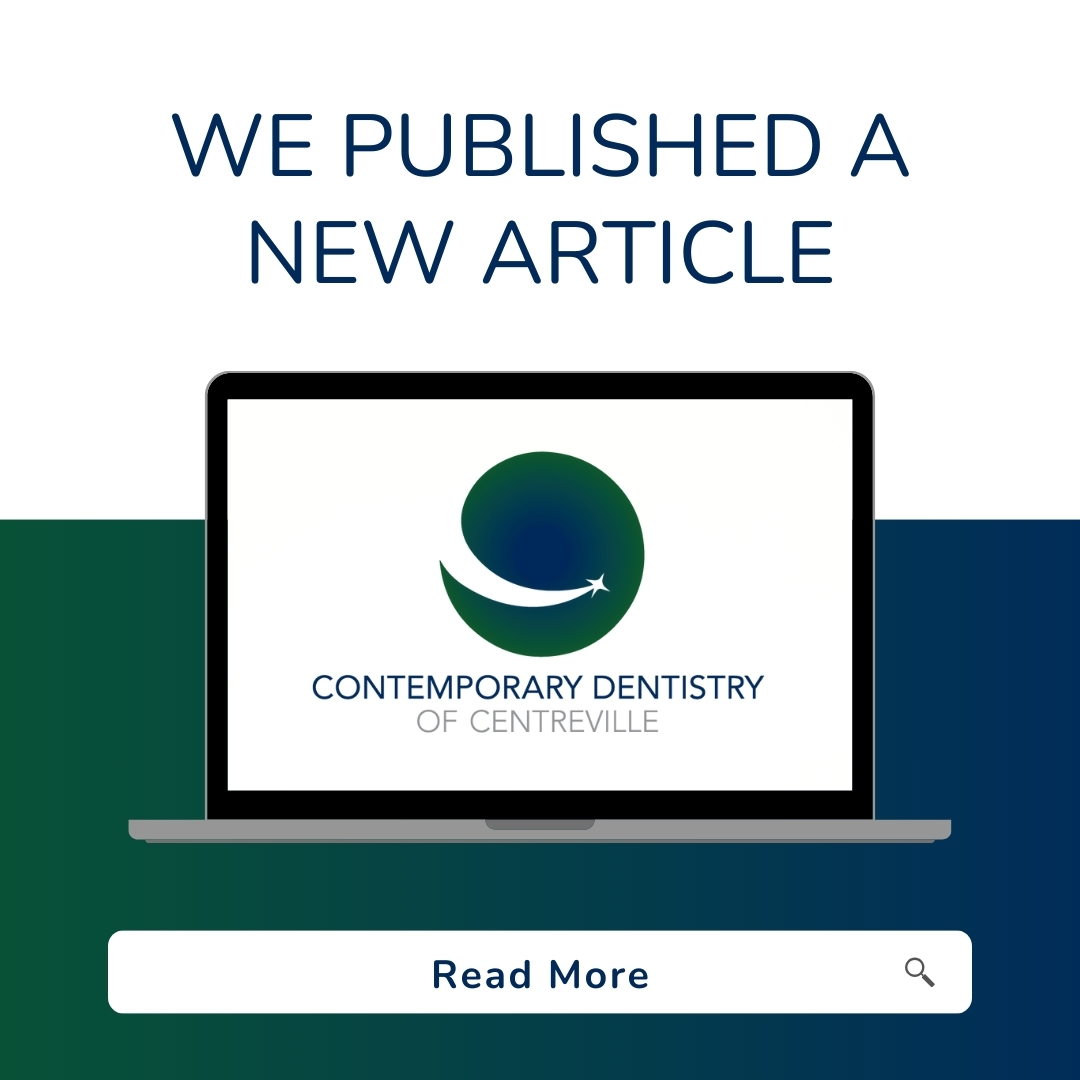
SO, YOU WANT TO whiten your teeth. You’re not alone! In fact, when the American Academy of Cosmetic Dentistry asked what people would most like to improve about their smile, the most common response was whiter teeth.
There Are Several Teeth Whitening Options
With so many teeth whitening products on the market, you may be left scratching your head as to which one you should choose. As with any type of treatment, it’s important to know all the facts so you can make the best choice for you and your unique smile! Some of the most common teeth whitening options are:
- Whitening toothpastes
- Whitening strips and gels
- Tray-based tooth whiteners
- In-office whitening
Whitening Is Safest And Most Effective When Supervised By A Dentist
You should always consult with your dentist before deciding to whiten, as this cosmetic procedure isn’t for everyone. There are also many benefits to whitening with your dentist!
For example, if you’re considering a tray-based tooth whitener, seeing your dentist is definitely your best option. Your dentist will take an impression of your teeth so that your mouthpiece tray is customized exactly to fit your teeth. This will ensure maximum contact between your teeth and the whitening solution as well as protect your gums.
If you choose in-office whitening, your dentist will provide additional protection for your gums and the soft tissue of your mouth so that no irritation from the whitening solution occurs. To do this, your dentist will apply a gel to the gum tissue or use a rubber shield.
With over-the-counter products, you’re on your own. Your dentist, however, will check your mouth, the type and extent of stains on your teeth, the number of dental restorations you have and consider your medical history to decide which whitening option is best for your specific smile. They will oversee the process and results of the treatment to ensure the treatment’s safety and efficacy.
A Note To Parents
Teeth whitening is a big trend among teenagers. Parents should always supervise their teenagers’ use of whitening products as overuse or failure to follow directions can damage tooth enamel or irritate gums. Be sure to consult with your dentist before allowing your teenager to whiten to make sure they are at an appropriate age and stage of dental development for whitening.
Still curious about how whitening works? Check out the video below to learn more!
Keep Your Smile Beautiful
What truly keeps teeth bright, white and healthy is daily brushing and flossing. But if you feel like your smile is lacking some sparkle or has yellowed over the years, give us a call or come in to see us! We’d be happy to help you brighten up that beautiful smile of yours.




















